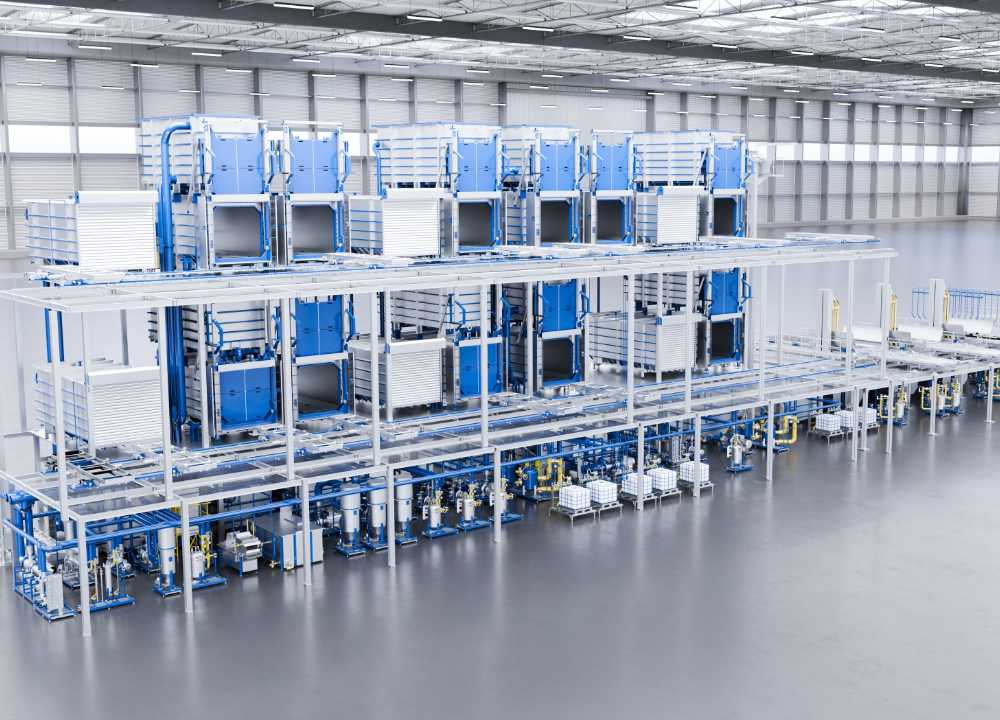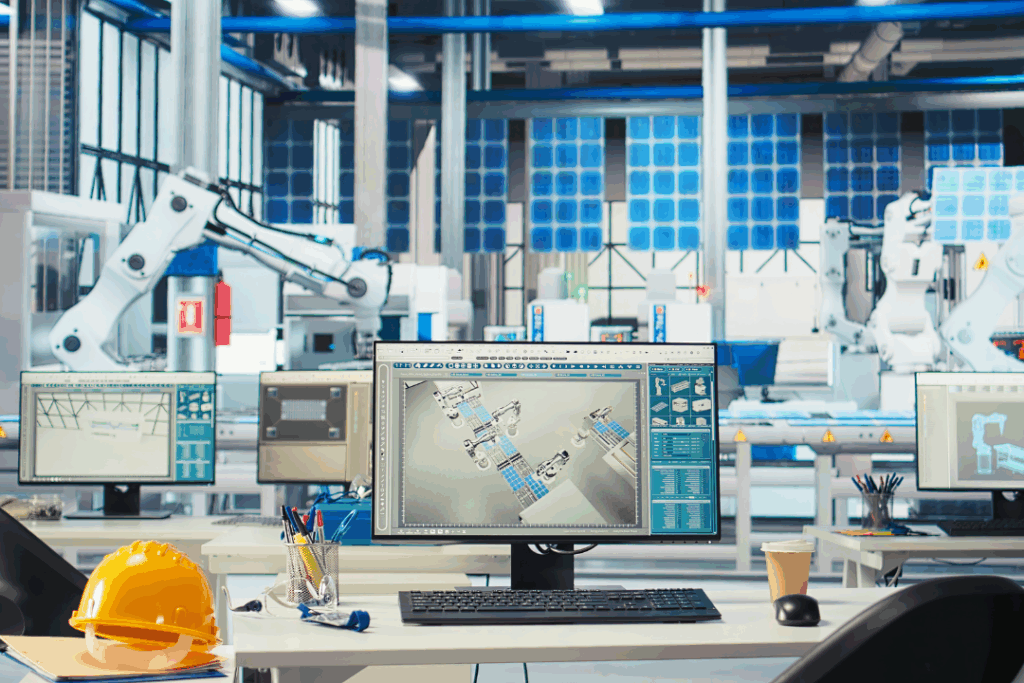Dürr is expanding its modular pretreatment system, EcoProWet EC, to include cathodic electrocoating. With its compact design, the wet system requires significantly less space than conventional continuous systems, making it ideal for small to medium production capacities of up to 30 units per hour.
Pretreatment remains one of the most space-intensive process steps in vehicle painting. This is due to the large tanks required for basic cleaning and electrocoating, which are designed to accommodate the largest car body dimensions and longest process times.
Dürr developed the modular EcoProWet pretreatment system, making the process more flexible, compact, and scalable. The company introduced the EcoProWet PT pretreatment system previously, and now it has expanded the system to include the EcoProWet EC cathodic electrocoating system.
Cathodic Electrocoating: Flexible, Compact, and Scalable
After pretreatment, the bodies are conveyed to the cathodic electrocoating system. This process ensures that a seamless primer coat is applied to the body’s surfaces, providing corrosion protection and an adhesive base for future topcoats. In contrast to conventional PT/EC systems, EcoProWet is the only system on the market that is scalable and sets new standards in terms of space requirements, sustainability, and investment costs.
The innovative design of the EcoProWet EC system features individual compact basins instead of continuous systems filled with paint. Two independently controllable pendulum towers lift the car bodies from the roller conveyor and gently guide them into the bath.
Automakers can customise the immersion process for different models with an immersion angle of up to 60 degrees. Each dip tank supports up to ten units per hour. During the three—to five-minute dip, the paint is energised, forming a thin, even coating on the body surface.
The EcoProWet system is ideal for small to medium production capacities. Its modular design allows staged expansion from 7.5 to 30 units per hour without significant operational disruptions. This enables automotive manufacturers to scale the system according to their production needs, reducing paint and operating costs compared to continuous systems. Additionally, it minimises the space required for a paint shop while allowing for a flexible layout.







